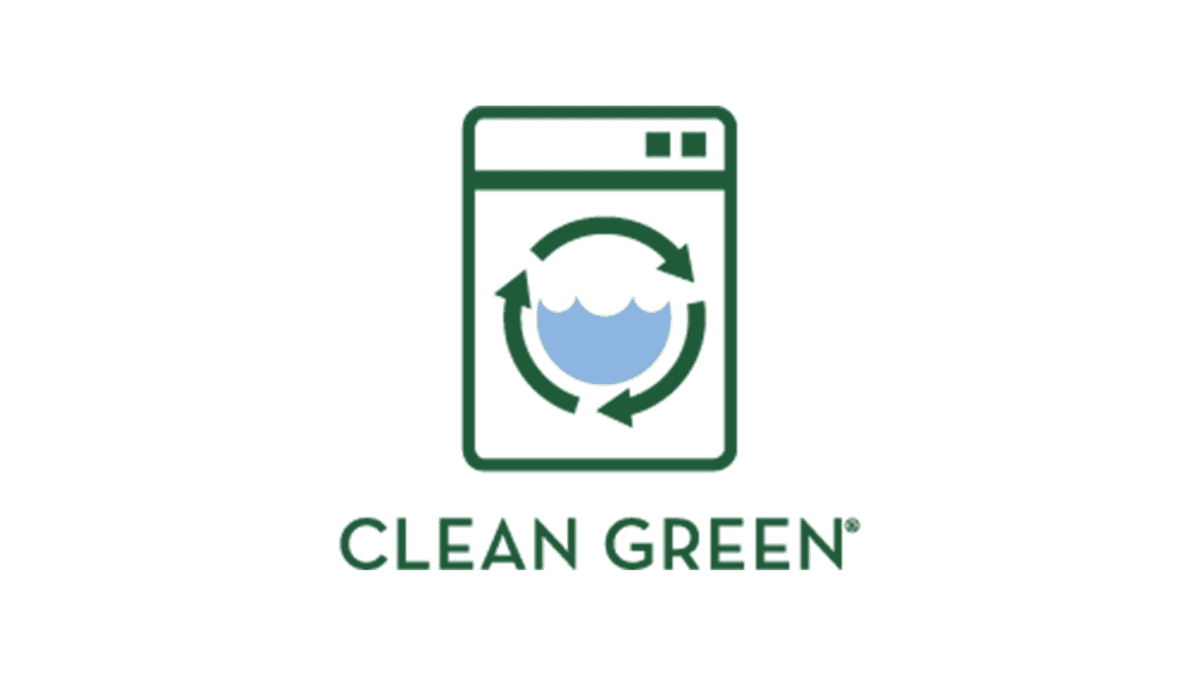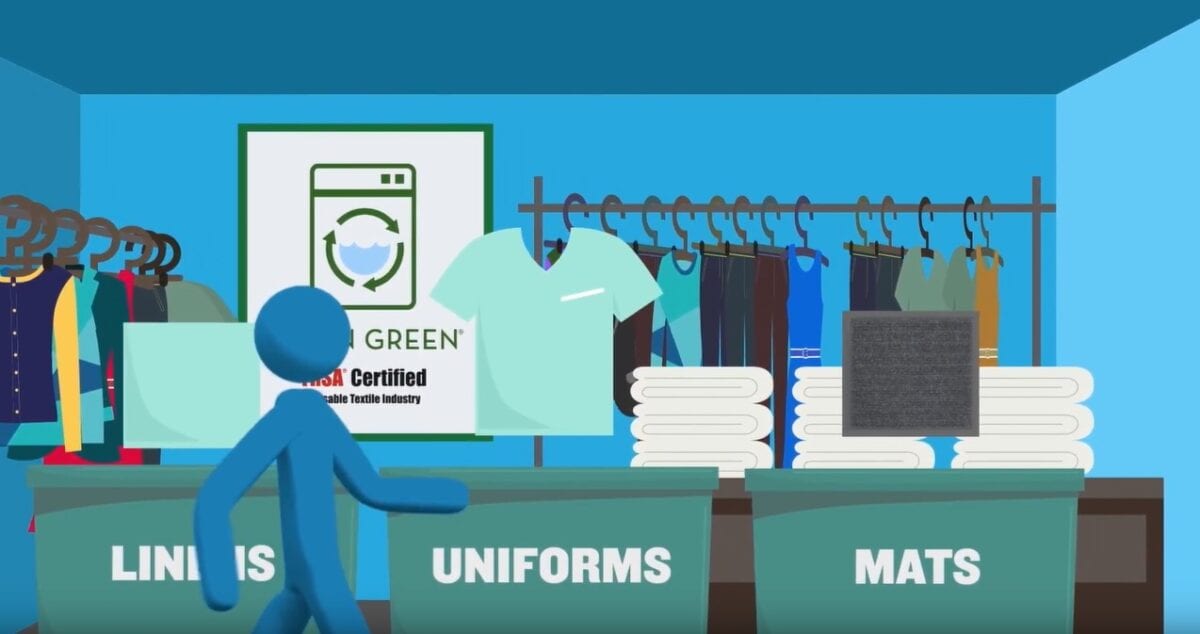About the Certification
Clean Green certified linen, uniform and facility services operations meet quality standards for effectiveness in conserving resources and minimizing environmental impact. Customers that use Clean Green certified companies to supply, launder and maintain linens, uniforms, mats and other reusable textiles can be assured that their provider maximizes sustainable practices.
Why Get Clean Green Certified?
With Clean Green Certification, your company will save on operating costs by conserving resources, sell the benefits of sustainability to gain and keep customers and serve the cause of protecting the environment.
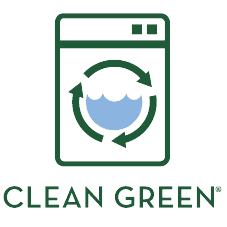
Maximizing Efficiency and Reducing Costs
Achieving Clean Green certification enables your company to reach its full potential as a sustainable business model, harmonizing economic goals with environmental responsibility. Clean Green certification enhances efficiency, ultimately boosting profits by reducing energy and water expenses while conserving vital resources. Key environmentally friendly elements of linen, uniform, and facility services—such as textile reuse and bulk processing—have sustained the industry. To stay competitive on price, businesses must improve their capabilities in these areas. A list of cost-saving best management practices is available in the Clean Green standard to help your operation qualify for certification and manage processing costs effectively.
Sustainability
Over 60% of Clean Green companies that responded to a TRSA Marketing/PR Committee survey in 2017 indicated they have attempted to work with customers to connect the certification to customers’ quantification of their sustainability success. Here’s how they indicated how certification has benefited their companies:
- “Has given us third party verification that our process employs best management practices for energy & water conservation efforts”
- “Credibility and differentiator”
- “Prospects have asked about green initiatives we are involved in”
- “Helped us gain traction with environmentally conscious customers”
- “Helps validate our commitment to environmental sustainability”
Ultimately, all customers are concerned about price, but more are beginning to appreciate the good environmental stewardship that maximizes efficiencies and thereby helps control or reduce costs.
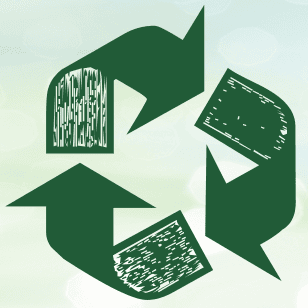
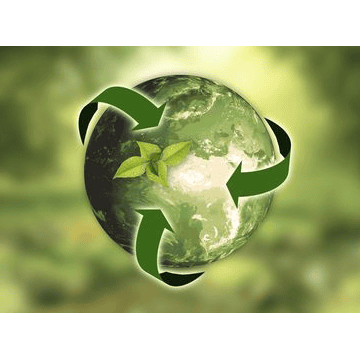
Protect the Environment
TRSA’s Comparative Life Cycle Assessment of Reusable vs. Disposable Textiles demonstrates the greener virtues of core linen and uniform service products compared with disposable equivalents. Isolation gowns and napkins have up to 70% to 90% less global warming potential; shop towels, 60% to 85%. The differences in resource use that drive those percentages can be substantial. The most efficient napkin launderer, for example, uses 47% of the natural gas (per napkin use by consumers) of the least efficient; 44% of the electricity; and 35% of the water. This highlights the value of achieving Clean Green conservation thresholds to improving environmental protection even though linen and uniform services are naturally the greener choice.
Eligibility
To achieve Clean Green certification, your company must implement a sufficient number of Best Management Practices (BMPs) to accumulate the necessary points to meet the established requirements.
Companies can qualify for Clean Green certification through one of two pathways:
- Implement the specified Best Management Practices (BMPs) and meet water and energy usage standards based on the volume of laundry processed, as outlined in the table.
- Combine BMPs that demonstrate strong environmental stewardship and meet either the water or energy standards.
Apply for Clean Green Certification
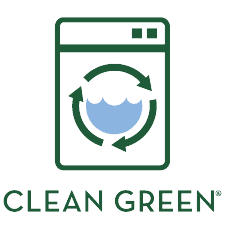
Use the links below to print the application (PDF), fill it out and e-mail a completed form to Samlane Ketevong. Once your company’s application is approved, you will TRSA for certification and audit services.
Follow the steps below to ensure your application is correctly processed:
- Download, print and complete the Application for Clean Green Certification and send to TRSA immediately with application fee payment by check or credit card.
- When TRSA has received all documentation, TRSA will contact the Primary Contact Person to gather additional information and devise a custom plan for enrollment in the Clean Green program.
Audit Process
TRSA conducts inspections of laundry facilities seeking certification, reviewing documentation of water and energy usage, as well as the implementation of Best Management Practices (BMPs) through production reports submitted to auditors during the inspections. Companies are accredited for a period of three years.
Note to Multi-Facility Companies
This is a company-wide certification program: Companies with more than one facility must apply to enroll all of them in Clean Green. For a company with 10 or more facilities, 90% of the submitting company facilities must qualify for certification. Companies with less than 10 facilities must have a qualification level of 75% or more. After initial certification based on a paper audit, 10% of a company’s facilities will undergo a physical audit over a three-year period (or at least one facility for each company with 10 or less plants). Those facilities will be chosen either at random or through TRSA oversight to ensure fair selection.
Acquired facilities are exempt from submission for three years from the date of acquisition. Clean room facilities are exempt from the 100% enrollment requirement.
Certification
Initial certification is awarded by a paper audit with an audit conducted during the first year to verify the paperwork. Recertification is required every three years with an audit during each such interval.
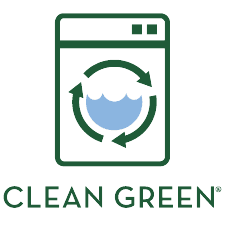
Certified Textile Services Providers
These companies have fulfilled the Clean Green certification challenge, quantifying their commit to sustainability and the environment by documenting their conservation efficiencies in water and energy conservation and verifying their green best management practices
Advisory Board
Green Promotion
“Green techniques” in linen, uniform and facility services are most often associated with improving efficiency and complying with regulatory requirements. Using less water and energy per pound of laundry not only contributes to protecting our planet, it controls costs. Minimizing discharges to the environment not only preserves clean water and air, it focuses management on long-term business success. Both are essentials to maximize sustainability and build laundry customers’ confidence that a linen or uniform service will meet their needs cost-effectively and continuously. Industry operators get third-party verification of their commitment to sustainability by earning Clean Green certification, which reflects their dedication to implementing as many green best management practices (BMPs) as possible. These are listed below (excerpted from the Clean Green standard) with the extent they must be performed to be credited toward the certification.
Implementation
Practical Applications
Resources for Launderers
Choose a Committed Launderer
A 5.5-by-8.5-inch bi-fold presentation of why a customer should choose a Clean…
Clean Green Certification Truck Decal
Express your company’s commitment to sustainability with 2 x 2 foot durable…
Clean Green Certification Window Decal
Promote your company’s Clean Green certification with a window decal. Sticker includes…



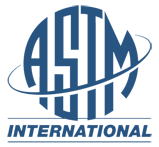 Clean Green aligns with the ASTM International standard, Guide for Sustainable Laundry Practices, which recognizes key criteria for the certification as universal indicators of maximum sustainability in commercial laundry work. ASTM’s review of Clean Green’s best management practices requirements has verified these as the most effective and practical techniques for a laundry to achieve green objectives.
Clean Green aligns with the ASTM International standard, Guide for Sustainable Laundry Practices, which recognizes key criteria for the certification as universal indicators of maximum sustainability in commercial laundry work. ASTM’s review of Clean Green’s best management practices requirements has verified these as the most effective and practical techniques for a laundry to achieve green objectives.

